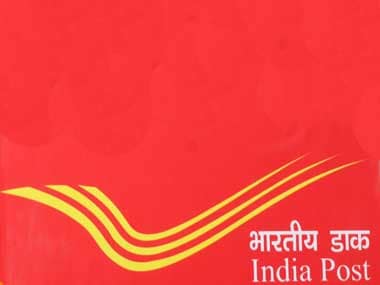The government on Wednesday cleared proposal to set up India Post payments bank with a corpus of Rs 800 crore and has plans to have 650 branches operational by September 2017, Telecom Minister Ravi Shankar Prasad said.  “The Cabinet has cleared proposal of postal payments bank. We have 1.54 lakh post offices of which 1.39 lakh are rural post offices. 650 branches of postal payments bank will be established in the country which will be linked to rural post offices,” Prasad said. Here is how the postal department is preparing to take on the behemoths: 1) India Post Payments Bank (IPPB) will start operations in March 2017 in about 50 districts and cover the entire country by the end of financial year 2018-19, Prasad said. It will offer basic banking, payments of DBT benefits, utility bills, collection of taxes/fees, remittances etc. 2) The bank will be run by Chief Executive Officer, and will be professionally managed with a representation from various other government departments including the Department of Posts, Department of Expenditure, Department of Economic Services etc. 3) Of the Rs 800 crore, Rs 400 crore will be equity and the balance grant. 4) Prasad said that all ‘grameen dak sevaks’ in rural post offices will be given handheld devices by March 2017. “We are reinforcing it further. I have had discussion with my officers to give iPad and smartphones to postmen in urban post offices,” Prasad said. 6) At present, core banking network of post offices is more than that of State Bank of India. SBI has 1,666 core banking branches while 22,137 post offices now have core banking facility. 7) More than 50 national and international banks, insurance companies, money transfer organisations are keen to tie up with IPPB, he said. 8) About 5000 ATMs will be set up for IPPB initially. It will have a focus on rural, semi-urban and offer mobile banking platforms, digital wallets, use emerging technologies such as Unified Payments Interface (UPI), e KYC, AEPS and catalyse the shift from a cash dominant to a less cash economy. With PTI inputs
India Post Payments Bank will start operations in March 2017 in about 50 districts and cover the entire country by the end of financial year 2018-19
Advertisement
End of Article


)

)
)
)
)
)
)
)
)



